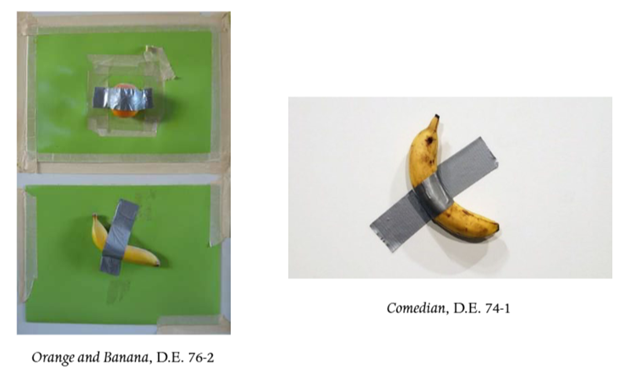Following the introduction of the NO FAKES Act of 2024 in July by a bipartisan group of US Senators, US Representatives Adam Schiff (D-CA), María Elvira Salazar (R-FL), Madeleine Dean (D-PA), Nathaniel Moran (R-TX), Rob Wittman (R-VA), and Joe Morelle (D-NY) introduced the identically named companion legislation, Nurture Originals, Foster Art, and Keep Entertainment Safe (NO FAKES) Act, in the US House of Representatives on September 12, 2024. The language of both bills is substantially identical, with the intended purpose to create federal protection of “…intellectual property rights in the voice and visual likeness of individuals, and for other purposes.”
As described by Representative Schiff’s office in a news release announcing the bill, the House’s NO FAKES Act is intended to:
- Recognize that every individual has a federal intellectual property right to their own voice and likeness, including an extension of that right post-mortem
- Empower individuals to take action against parties that knowingly create, post, or profit from unauthorized digital replicas of them
- Provide a safe harbor for platforms if they take down offending materials when they discover them or upon receiving proper takedown notices
- Maintain protections for innovation and free speech
- Provide a federal solution to a patchwork of state laws and regulations by January 2, 2025 – at least as it relates to digital replicas of individuals.
The rights established under the House’s NO FAKES Act will preempt any cause of action under state law for the protection of an individual’s voice and visual likeness rights in connection with a digital replica. We will continue to watch whether these bills are passed in identical form and signed by the incoming US president in 2025.
read more

 Subscribe
Subscribe



